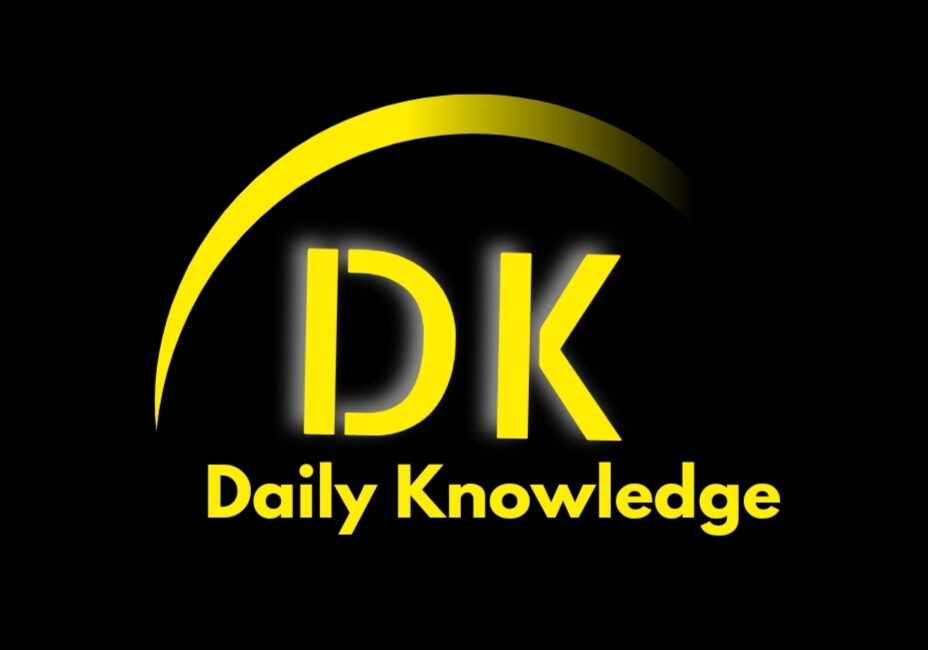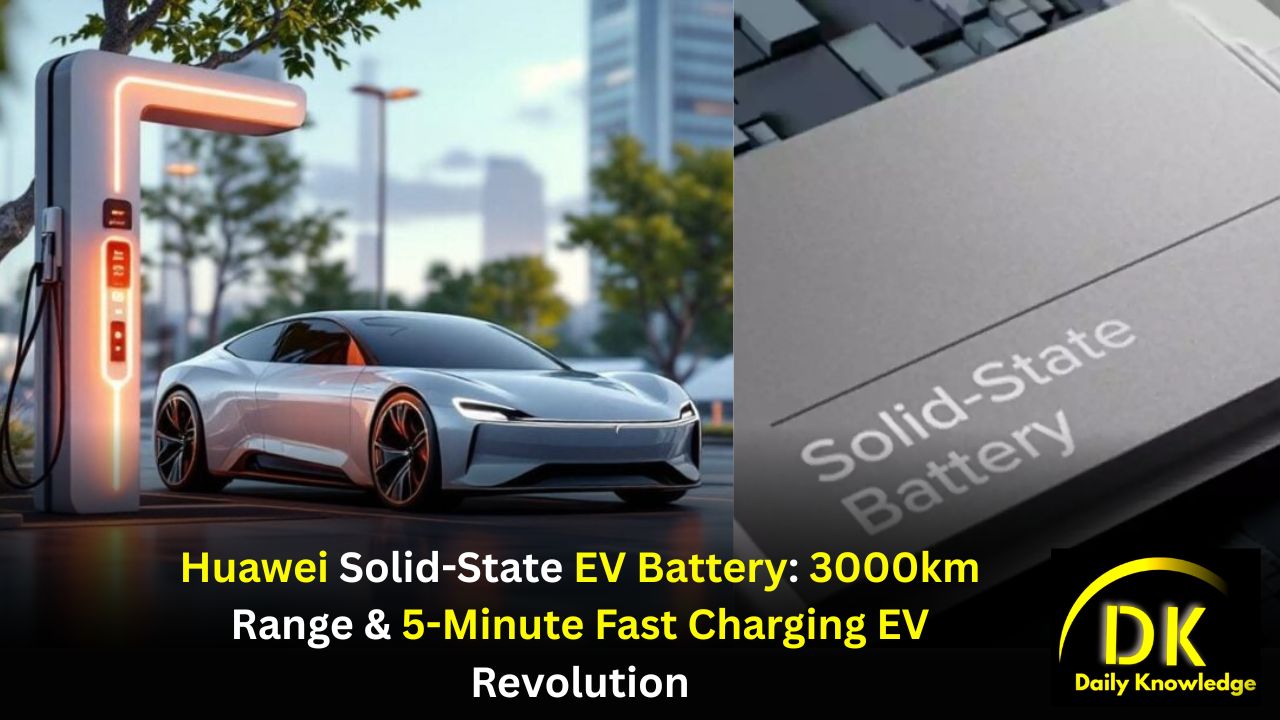3,000km driving range and ultra-fast 5-minute charging Huawei’s breakthrough Solid-State EV Battery technology. Revolutionize your electric vehicle experience with next-gen long-range, rapid-charge batteries designed for safety, durability, and performance. Explore the future of EV batteries now! Huawei Solid-State EV Battery: 3,000km Range & 5-Minute Fast Charging Revolution.
Introduction: Huawei Solid-State EV Battery 3,000km Range & 5-Minute Fast Charging Revolution

Electric vehicles (EVs) are rapidly transforming the automotive world, with battery technology being the key driver of this revolution. Huawei’s recent patent for a solid-state EV battery claiming a staggering 3,000km range and a rapid 5-minute charging time has captured global attention. This innovation could redefine electric mobility, address range anxiety, and set new standards for EV usability.
In this article, we explore Huawei’s breakthrough, answer frequently asked questions, and assess the potential impact of this technology on the EV landscape.
What is Huawei’s Solid-State EV Battery?

- Advanced Battery Technology: Huawei’s Solid-State EV Battery uses a solid electrolyte instead of the traditional liquid electrolyte found in conventional lithium-ion batteries.
- Higher Energy Density: The solid-state design allows for significantly higher energy storage, enabling longer driving ranges up to 3,000 kilometers on a single charge.
- Enhanced Safety: The solid electrolyte reduces risks of leakage and combustion, making the battery safer and more stable under various operating conditions.
- Faster Charging Capability: This battery supports ultra-fast charging, enabling a 5-minute recharge time, drastically reducing EV charging downtime.
- Improved Durability: Solid-state batteries experience less degradation over time, offering longer lifespan and better performance consistency.
- Lightweight and Compact: The technology allows for a lighter battery pack with a smaller footprint, contributing to improved vehicle efficiency and more interior space.
- Next-Generation EV Power Source: Huawei’s innovation represents a breakthrough step toward addressing range anxiety, charging infrastructure challenges, and overall EV adoption.
- Patent Protected Innovation: Huawei has patented this technology, signaling its commitment to being a major player in the future of electric vehicle batteries.
- Potential for Wide Industry Impact: While designed by Huawei, this battery may be supplied to various electric vehicle manufacturers globally, accelerating the EV market transformation.
- Promising Commercial Viability: Though currently in the patent stage, Huawei’s solid-state battery tech is expected to move towards mass production and integration into new EV models within the next few years.
What is a solid-state battery?

Unlike conventional lithium-ion batteries, which use a liquid electrolyte, solid-state EV batteries employ a solid electrolyte. This simple but powerful change offers multiple advantages:
- Increased energy density, allowing more power storage in the same size battery.
- Enhanced safety, significantly reducing risks of leaking or catching fire.
- Faster charging capabilities due to better ionic conductivity.
- Longer lifespan with less degradation over time.
Huawei’s patented design reportedly leverages these benefits to deliver an unprecedented driving range of 3,000 kilometers on a single charge, a leap well beyond current EV ranges that mostly max out around 500-600 km.
Can You Really Drive 3,000 Km on One Charge with Huawei Battery?

The claim of a 3,000km range sounds almost too good to be true, prompting understandable skepticism. To make sense of it:
- Range depends on various factors: driving speed, terrain, climate, and vehicle type all influence real-world mileage.
- Huawei’s patent data may reflect optimized test conditions rather than typical daily use scenarios.
- If validated in production vehicles, however, this could drastically reduce “range anxiety” and increase EV adoption.
Experts believe the solid-state battery’s higher energy density is key to achieving this breakthrough, storing far more energy in a compact, lightweight package.
Huawei Battery Charging in 5 Minutes: Powerful or Unrealistic?

One major hurdle for widespread EV acceptance remains charging time. While gasoline cars refuel in minutes, even fast chargers today take 30 minutes or more for a meaningful charge.
Huawei’s solid-state battery proposes a 5-minute charge capability, which could be a game changer. Here’s how:
- The solid electrolyte enables rapid ion transfer without overheating.
- The battery design minimizes degradation caused by high current flows.
- Specialized high-power charging stations would be required to safely deliver such rapid energy input.
If realized, this would make EV charging comparable to traditional refueling, boosting convenience enormously.
When Will We See These Huawei Batteries in Consumer Vehicles?

At present, this is a patented technology. The timeline for availability in commercial EVs depends on:
- Research and development progress: Moving from patent to prototype to mass production can take years.
- Industry partnerships: Huawei will likely partner with Chinese and global automakers to integrate this battery seamlessly.
- Infrastructure readiness: Ultra-fast charging networks must also expand to support 5-minute charges.
Industry insiders speculate the technology could be market-ready within the next 3-5 years, aligning with a new generation of EV models.
Which Car Brands or Models Will Get Huawei’s Solid-State EV Battery First?

Huawei has positioned itself as a leading EV tech supplier rather than a carmaker. Likely early adopters include:
Chinese EV Manufacturers:
Huawei is likely to partner with prominent Chinese electric vehicle brands such as NIO, XPeng, Li Auto, and BYD. Given Huawei’s strong presence and tech ecosystem in China, these companies are prime candidates to be early adopters for integrating solid-state battery technology.
Huawei’s Own Vehicle Ventures:
- Huawei launched its own EV sub-brand called Avatr which could be among the first models to feature this next-generation battery, showcasing Huawei’s battery capabilities directly to consumers.
Global Automotive Giants:
- Leading international automakers that collaborate with Huawei or seek cutting-edge battery tech, including companies in Europe, like Volkswagen Group, and Asian brands such as Honda or Geely, may get early access for select EV models.
Specialty and Premium EV Startups:
- High-performance or luxury electric vehicle startups focused on long-range and fast-charging capabilities might adopt Huawei’s battery tech to gain a competitive edge.
Commercial and Fleet EV Makers:
- Companies targeting commercial electric vehicles and shared mobility services could leverage Huawei’s battery advantages for extended range and quick turnaround charging.
Huawei’s solid-state battery will first appear in collaborations with Chinese EV makers, Huawei’s own Avatr models, and select global premium brands. This approach accelerates market penetration and validates the technology in real-world conditions.
Will Existing EVs Be Able to Upgrade to Huawei’s Solid-State Battery Technology?

- Compatibility Challenges: Existing electric vehicles are generally not designed to accommodate solid-state batteries, which differ significantly in size, shape, and integration requirements compared to traditional lithium-ion packs.
- Battery Management System (BMS) Adjustments: Solid-state batteries require advanced BMS tailored to their chemistry and faster charging profiles, meaning retrofitting current vehicles would need extensive electronic and software modifications.
- Vehicle Architecture Constraints: The chassis, weight distribution, thermal management, and cooling systems of existing EVs are optimized around their original battery types, making straightforward upgrades technically complex and costly.
- Safety and Certification Issues: Replacing batteries in existing EVs would require rigorous safety testing and certification, which may be prohibitive for aftermarket upgrades.
- Cost Prohibitive: The expense of redesigning and reengineering current models to fit new battery technology often outweighs the benefits, making upgrades financially unfeasible for most consumers and manufacturers.
- Focus on New Models: Huawei’s solid-state battery technology is expected to debut in next-generation electric vehicles optimized for solid-state chemistry from the ground up.
- Potential for Future Retrofit Solutions: While upgrades are unlikely in the near term, ongoing R&D might eventually enable retrofit kits or swap systems, although these remain speculative and distant.
Existing EVs are unlikely to be upgradeable to Huawei’s solid-state battery technology due to technical, financial, and safety constraints. The breakthrough will most likely benefit newly developed EV models designed around this advanced battery from the start.
Huawei Battery Safety and Longevity: What Are the Concerns?

Moving to any new battery chemistry invites safety scrutiny. Here’s what to consider:
- Solid-state batteries are inherently safer than liquid electrolyte types, with less fire risk.
- The challenge remains in manufacturing consistency to prevent defects causing failures.
- Huawei claims longer lifespan due to reduced chemical wear, which could lower costs over vehicle life.
Independent testing will be crucial to validate these safety claims before mass adoption.
How Much Will Huawei solid-state Advanced Battery Technology Cost?

Cost is a major barrier. While solid-state batteries have superior qualities, they are generally more expensive to produce:
- Raw material refinement and solid electrolyte fabrication cost more initially.
- Mass production scale and improved supply chains often reduce prices over time.
- If these batteries lead to smaller pack sizes due to higher density, total vehicle cost might remain competitive.
In the long term, Huawei’s tech could drive more affordable, better-performing EVs through economies of scale.
Comparing Huawei Battery to Other Solid-State Battery Vehicles

Several industry leaders are racing to commercialize solid-state battery technology, such as:
- Toyota, targeting solid-state packs for 2020s EV models
- QuantumScape, pioneering development with a focus on fast charging and longevity
- Samsung, and other battery giants investing heavily in solid-state chemistry
Huawei’s patent highlights intense competition and innovation acceleration globally. The company’s advantage lies in its vast tech ecosystem and integration capabilities.
Can Existing EVs Upgrade to Huawei’s Solid-State Battery?

Retrofitting current EVs with new battery technology faces multiple obstacles:
- Different battery form factors require reengineering of vehicle chassis and electronics.
- Battery management systems must be redesigned for new chemistry and charging characteristics.
- Cost and warranty complexity often make retrofits impractical.
Thus, Huawei’s solid-state batteries will most likely debut in new EV models, rather than as an upgrade option.
Frequently Ask Questions: Huawei Solid-State EV Battery
Q1: Is it truly possible to achieve a 3,000km range per charge?
Ans: This claim is widely questioned—many want to know the test conditions, variables, and whether this is real-world or lab data.
Q2: Can any EV battery actually recharge in just 5 minutes?
Ans: Users often ask what kind of charging stations and power infrastructure would be needed for such rapid charging and whether this is safe.
Q3: When will such batteries become available in commercial vehicles?
Ans: There’s skepticism about the timeline—whether this is just a patent, an early prototype, or something close to market-ready.
Q4: Which car brands or models will get this battery first?
Ans: People are interested in whether Huawei plans to supply the tech to Chinese manufacturers, global names, or use it for its own vehicles.
Q5: How does Huawei’s innovation compare to solid-state efforts from companies like Toyota and QuantumScape?
Ans: Many are eager to know whether this is a market-leading breakthrough or one of many similar developments worldwide.
Conclusion: A New Era for Electric Vehicles?
Huawei’s solid-state EV battery patent promises to be a revolution in electric mobility, with a combination of ultra-long range and ultra-fast charging that could transform user experience. While some claims require independent verification and technological hurdles remain, the breakthrough represents a significant step toward the EV future.
Consumers, automakers, and infrastructure providers worldwide will be watching closely as Huawei moves this technology from patent to pavement. From- The Economic Times

